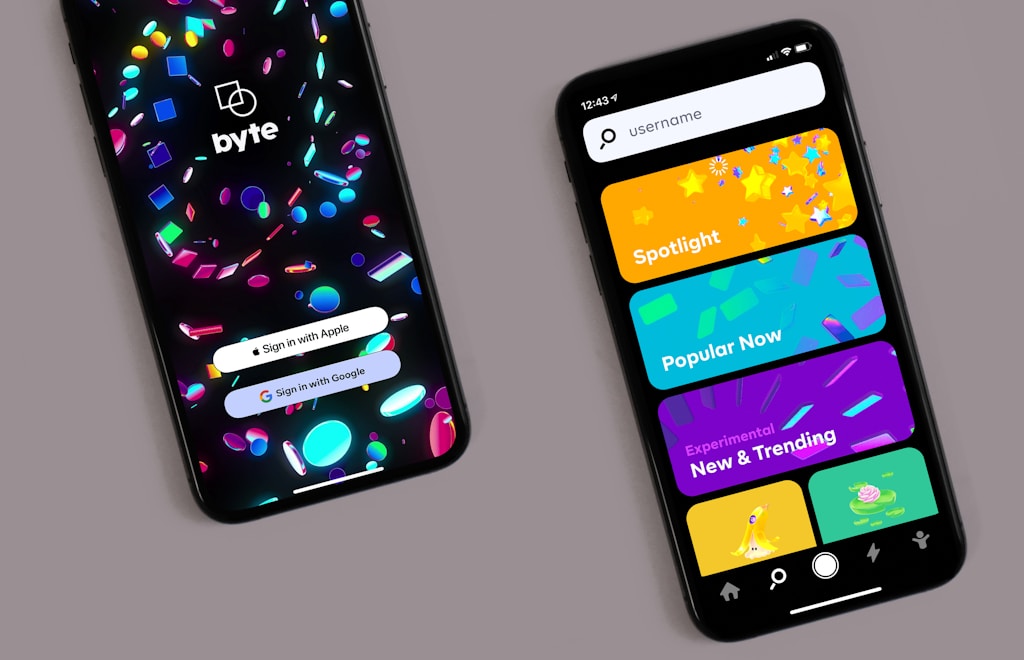NEWS
Emerging Trends and Opportunities for UI Design Agencies

In the digital era, the interface through which users interact with technology has become the forefront of digital product success. User Interface (UI) design not only encapsulates the aesthetic appearance of a digital product but also its functionality and user experience. As technology evolves, so does the landscape of UI design, necessitating a continuous evolution in the way design agencies operate and innovate. Today, UI design agencies stand at a crossroads, facing both unprecedented challenges and opportunities as they navigate through an ever-changing digital landscape.
Evolving Trends in UI Design
The future of UI design is being shaped by several key trends, each driving agencies toward innovation while demanding adaptability and foresight.
- AI-Driven Design: Artificial Intelligence (AI) is revolutionizing UI design by automating routine tasks, enabling personalized user experiences, and facilitating rapid prototyping. Agencies that integrate AI tools effectively can enhance their creativity, and efficiency, and deliver more personalized solutions.
- Voice Interfaces and Conversational UI: With the rise of voice-activated devices and digital assistants, voice interfaces are becoming increasingly important. Design agencies need to adapt by creating more natural, conversational UIs that cater to voice interactions, focusing on tone, context, and user intent.
- Immersive Experiences with AR and VR: Augmented Reality (AR) and Virtual Reality (VR) are opening new frontiers for UI design by creating immersive and interactive experiences. Agencies are exploring these technologies to offer innovative solutions that extend beyond traditional screens, into 3D spaces and virtual environments.
- Inclusive and Accessible Design: There’s a growing emphasis on creating designs that are accessible to all users, including those with disabilities. Agencies are increasingly adopting inclusive design principles, ensuring that digital products are usable by as wide an audience as possible.
- Sustainability in Design: Sustainability is becoming a key consideration in UI design, with agencies looking to minimize the environmental impact of their designs. This includes optimizing resources and energy usage of digital products and considering the lifecycle of the design elements they create.
These trends signify a shift towards more personalized, immersive, and ethically responsible UI design practices. Agencies that successfully navigate these trends will not only lead in innovation but also in creating meaningful and sustainable user experiences.
Impact of Technology Advancements
Technological advancements are both a driving force and a challenge for UI design agency. The rapid development in areas like Artificial Intelligence (AI), Augmented Reality (AR)/Virtual Reality (VR), and blockchain technology is profoundly influencing UI design principles and methodologies.
- AI and Machine Learning are enabling more personalized and adaptive user experiences. Agencies must harness AI to automate design processes, generate dynamic content, and create designs that adapt to user behavior in real-time.
- AR/VR technologies are pushing the boundaries of traditional UI design, moving towards spatial and experiential interfaces. Agencies need to develop skills in 3D design, user interaction in virtual spaces, and the integration of real-world and digital elements.
- Blockchain introduces new paradigms for security, privacy, and user autonomy. Design agencies must understand these paradigms to create interfaces that facilitate seamless interactions with blockchain-based applications, emphasizing transparency and user control.
Challenges Facing UI Design Agencies
As the field evolves, UI design agencies face several challenges:
- Keeping Pace with Rapid Technological Changes: Staying abreast of new technologies and integrating them into design practices requires constant learning and flexibility.
- Increased Competition: The proliferation of design tools and platforms has lowered entry barriers, increasing competition. Agencies must differentiate themselves through specialized services or exceptional design quality.
- User Expectations and Privacy Concerns: Users demand highly personalized experiences but are also increasingly concerned about privacy. Balancing these aspects requires careful design and ethical considerations.
- Remote Collaboration: With remote work becoming more common, agencies face challenges in collaboration, communication, and project management across distributed teams.
Future Opportunities for UI Design Agencies
Despite these challenges, the future holds numerous opportunities for those ready to adapt and innovate:
- Specialization in Niche Sectors: Agencies can distinguish themselves by specializing in specific industries (e.g., healthcare, finance) or technologies (e.g., AR/VR, blockchain), offering deep expertise and tailored solutions.
- Collaboration with AI: Beyond using AI for design tasks, agencies can explore partnerships where AI becomes a co-creator, opening new avenues for creativity and innovation.
- Global Market Expansion: The digital nature of UI design allows agencies to serve clients globally, expanding their market reach. Agencies that can navigate cultural and linguistic diversity in design will thrive.
- Sustainability and Ethical Design: As awareness of environmental and ethical issues grows, agencies that champion sustainable and ethically responsible design will attract clients who value corporate social responsibility.
- Education and Training Services: With the constant evolution of UI design, there’s a growing demand for education and training. Agencies can leverage their expertise to offer workshops, courses, and consultancy services, positioning themselves as thought leaders in the field.
Conclusion
The future of UI design agencies is marked by rapid technological advancements, evolving user expectations, and a shifting competitive landscape. By embracing emerging trends, overcoming challenges through innovation, and seizing new opportunities, UI design agencies can not only adapt but lead in creating the future of user interfaces. The key to success lies in continuous learning, ethical design practices, and a commitment to creating meaningful user experiences that resonate across diverse global audiences – https://digitalpresent.io/.
